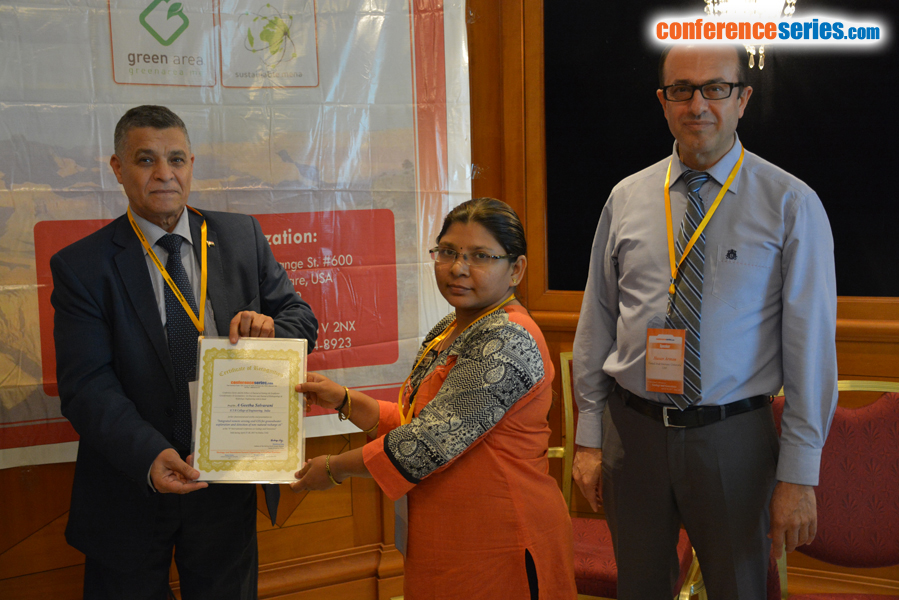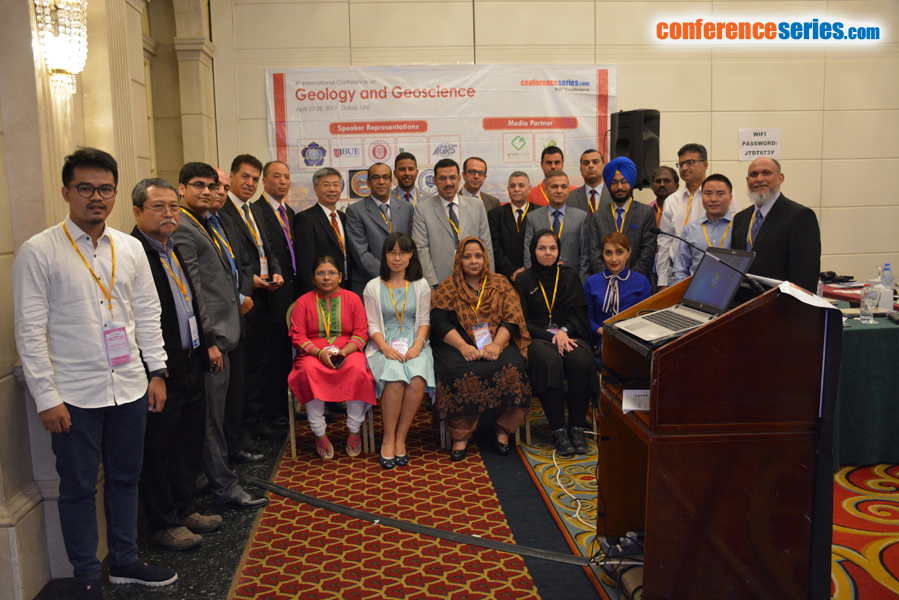
A Geetha Selvarani
K S R College of Engineering, India
Title: Integrated remote sensing and GIS for groundwater exploration and detection of non-natural recharge sites
Biography
Biography: A Geetha Selvarani
Abstract
The water is a nature’s valuable gift to all life forms. Depending upon the quality and quantity of groundwater it can be used for various purposes, such as drinking, agricultural and industrial uses. Due to revolution in industries and various anthropogenic sources in the past decades, groundwater has been polluted and depleted. Remote sensing and Geographical Information System (GIS) has become one of the leading tools in the field of hydrogeological science, which helps in assessing, monitoring and conserving groundwater resources. GIS technology provides suitable alternatives for efficient management of large and complex databases. In recent years, the increasing use of satellite remote sensing data has made it easier to define the spatial distribution of different groundwater prospect classes on the basis of geomorphology and other associated parameters. Analysis of remotely sensed data along with topographical sheets and collateral information with necessary field checks helps in generating the base line information for groundwater exploration and non-natural (artificial). The groundwater exploration and Non-Natural recharge sites were identified by integrating thematic maps of geology, geomorphology, slope, drainage density and lineament density of the study area. The weights of different parameters/themes were computed using weighed index overlay analysis (WIOA), analytic hierarchy process (AHP) and fuzzy logic technique. Through this integrated GIS analysis, groundwater prospect map non-natural recharge sites map of the study area was prepared qualitatively. Field verification at observation wells was used to verify identified potential zones and depth of water measured at observation wells. Generated map from weighed overlay using AHP performed very well in predicting the groundwater surface and hence this methodology proves to be a promising tool for future.
Speaker Presentations
Speaker PDFs
Speaker PPTs Click Here



